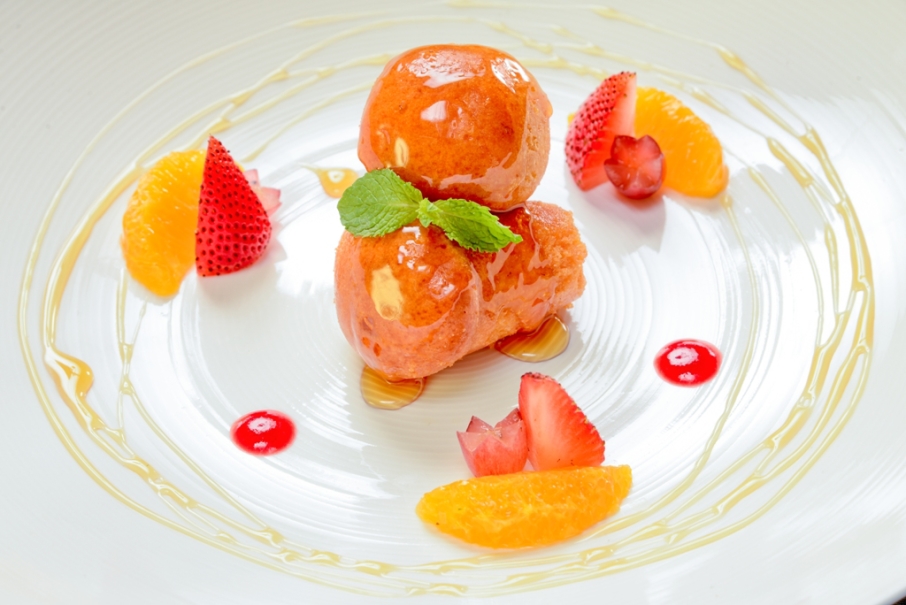

Lastly, we also must take into account the quantities that the First Growths of Bordeaux produce. Their quality at that stage is yet unknown, but I am excited by the possibilities. Moreover, the style of California Cabernet has changed over the past 20 years, yielding more overtly fruity, oaky and alcoholic wines that have yet to broach the 30-year barrier. That being said, there are yet to be any tastings of 50-plus-year-old Cabernets from California, whereas there are collectors and critics who have had the privilege of tasting 100-year-old Clarets. Re-enactments and confirmed results of the “Judgment of Paris” have proven well the age-ability and age worthiness of California wines. Whether California wines will age and mature is really no longer the question. I will say that there are more and more examples of California wines that have stood the test of time as well, but they are in much smaller numbers of examples.

The world over knows of Bordeaux’s ability to age and mature over decades. Bordeaux’s history makes California seem like a newborn.Īlong with Bordeaux’s history, what makes comparisons with California wines even more difficult is their endearing track record and longevity. I have seen firsthand a bottle of 1865 in the cellars of Chateau Lafite-Rothschild, whereas the oldest bottles of California wine in most cellars go back into the 1950s. There are fewer than a handful of the wineries still in production that were producing wine just after Prohibition.

Bordeaux has a disparately longer history than our own modern wine industry, which for all intents and purposes started after Prohibition ended in 1933. This assumed that the market price is driven by quality, as no one would pay such high prices if the wine did not deliver on the quality – at least not twice. It was based on the price being paid for the wines of the Chateau on the open market over the previous century. One must first be reminded that the Bordeaux Classification and status given to the first Five Growths, of which four were from the Medoc (Chateaux Margaux, Lafite-Rothschild, Latour and Mouton-Rothschild), and the one and only from the Graves district (Chateau Haut-Brion) was bestowed in 1855 (with the one exception of Chateau Mouton-Rothschild, which was elevated in 1973). Opus One Winery in California’s wine country is partly owned by the Baroness Philippine de Rothschild


 0 kommentar(er)
0 kommentar(er)
